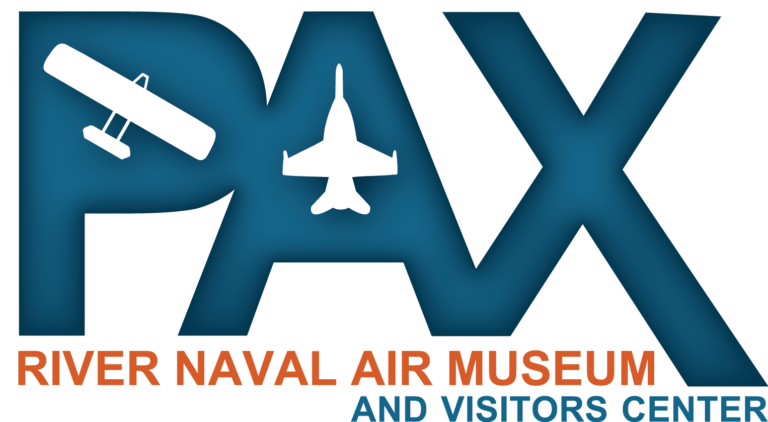
RADAR AND ELECTRONIC WARFARE
Our Radar and Electronic Warfare Gallery contains items that often work at odds with each other. Radar systems on military aircraft are used for surveillance, intelligence gathering, target detection, acquisition and targeting and ultimately weapons guidance. On the other hand, electronic warfare systems are used to: identify and locate enemy radars, provide alerts against enemy radar tracking, warning of missile launches, countering missile launches with radio frequency jamming, chaff, or decoys. It all depends of which side of the problem that you find yourself. You will find examples of these in our gallery and around the museum.
RADAR
Some examples of our radar systems include:
AN/APS-4
One of the first fighter radars used in WW-II. Originally developed in the United Kingdom circa 1943, it was flown on several Army Air Corps and Navy aircraft. Navy aircraft include: F4U-2/5N Corsair, F6F-3/5 Hellcat, SB2C-5 Helldiver, TBF-3 and SC Seahawk. In August 1943, Pax River was assigned the responsibility to test experimental radars for fighter aircraft, along with the aircraft themselves. While we don’t have specific history on this example, it is likely that radars like this were tested a Pax.
APQ-148
Developed in the 1970’s by Norden Systems, the APQ-148 was a key component of the A-6E upgrade program. This radar replaced multiple radars in pervious versions of the A-6. Notable is the passive array under the dish antenna. This array provides the terrain following function. Tests of the A-6E were carried out at NAS Pax River and NAWS China Lake.
Electronic Warfare
The Department of Defense defines Electronic Warfare as: - “Military action involving the use of electromagnetic and directed energy to control the electromagnetic spectrum or to attack the enemy. Also called EW.”
The people and facilities of Pax River have a long history testing electronic warfare systems and dedicated EW airplanes.
You will see Radar Warning Receivers (RWR), Chaff launchers and cartridges, expendable countermeasures and the cockpit of an EA-6B EW Airplane.
Radar Warning Receivers
APR-25
GEN-X RF Decoy
APR-36
ALR-67
You will see radar warning receivers dated from the Vietnam War such as the APR-25 to the mid 1990’s (ALR-67). These early systems were developed to respond to the various radar guided surface to air missiles and anti-aircraft artillery systems introduced during the Vietnam War. You will also see a later all digital systems called the ALR-67 which as “reprogrammable” to meet the constantly changing threat environment. Extensive testing of RWR’s, and countermeasure systems are evaluated by Pax River personnel using facilities at Pax and around the country.
You will also get to hear a recording of an A-6 crew on a mission during the Vietnam War get engaged by an SA-2 Surface to Air Missile (SAM) and hear the RWR tones and warnings.
Countermeasures
You’ll get to see chaff, expendable countermeasures and the associated dispensers. The Atlantic Test Ranges at Pax River play an important role in evaluating the life cycle of chaff and its dispensers.
RR-129 Chaff
EA-6B
ALE-47 Dispenser
You’ll get to see the Electronic Countermeasures Officer’s (ECMO’s) Cockpit Trainer and see what it took to operate the complex jamming system.










